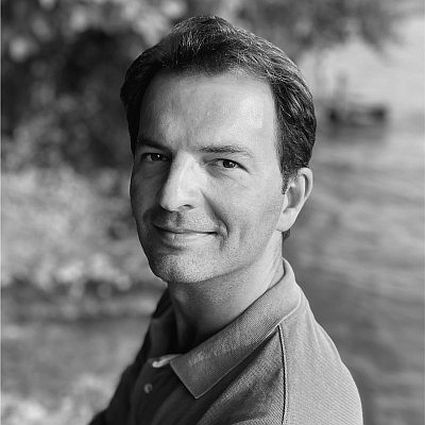Preface: Emre Vatansever and I met a couple of years ago on LinkedIn (See it can work). We found ourselves hanging out in many of the same discussions, he eventually reached out, and we continue our discussions in emails and in commenting on posts. He has a fascinating background in coaching, consulting, and working in and with early stage companies. His story is particularly interesting–one I actually see with many other entrepreneurial people. He got into selling, without really intending to do so. He just wanted to build a business and help his customers. Enjoy this fascinating story!
Why I Love Selling: A Journey of Curiosity
In response to a conversation initiated by my “LinkedIn friends” David Brock and Christian Maurer, exploring the essence of what we love about selling, I found myself reflecting on my own journey. Unlike a love-at-first-sight experience, my affection for selling developed over time, leading me to embrace the role of a salesperson and integrate coaching skills to enhance not just my sales, but also to help others sell more effectively.
Here is how I discovered my love for selling and how I became obsessed about integrating coaching skills to sell and help others sell better. In other words, help customers to buy better.
How I Became a Salesperson Without Knowing It
I did not start my career as a salesperson. I did not even have an ambition to become one. I started to sell because I was building a new business alone without any prior sales training. So, if you asked me in those days, I would not say I was a salesperson. I was saying that I was building a new business. (where I was indeed selling industrial marking machines.)
I was building a new business and my curiosity became the catalyst for the development of my business. As I navigated the complexities of building a business, I found myself intrigued by the inner workings of other industries. Touring an automobile manufacturing plant, hearing the tales of small business owners, and discovering how my small machines could add value to diverse enterprises opened my eyes. It wasn’t just about the machines; it was about the possibilities they unlocked for people’s businesses, rather it is a complex production line or a small industrial workshop.
It made me realize that it was not the machine itself. It was what people could achieve with the machine that really counted. And it intersected very well with my curiosity. I could finally connect the dots by building a virtual database in my mind about different types of businesses and the value my small machines could represent for them.
And it was a virtuous spiral because the more I was visiting new customers, the bigger my database was and the easier I could sell…effortlessly. But again, I did not even call myself a salesperson. I have never had a business card written on it anything as sales rep., territory manager or something like that.
For me it was simple explanation..I was building a business and I was speaking to people looking for building or growing their own businesses. As I was putting a lot of focus and effort on learning about them, I was not even upset when they did not buy. Because I could use the information at another customer meeting which made it progressively easier for me to sell.
Marrying Coaching with Selling
Then I started to recruit “real” salespeople who had more experience than I did. It made me very nervous because I did not know what to teach and how to teach. I considered they knew how to sell, so I focused on teaching them the products, types of customers, applications, etc. Unsatisfied with the results, I delved into the world of coaching by enrolling in an ICF-accredited program.
But again, I was a little frustrated because the context of my coaching training was far from the “reality” of the field when it came to selling.
So I decided to spend more time to find ways to converge coaching with selling practices. I knew that selling without “selling out” was possible, because I was doing it intuitively due to lack of sales trainings at the beginning of my career. But, how to explain it to others?
The easiest way was to work with data. So I started to use data as the starting point of building a new behavior, because data is objective, non-contestable, and speaks for itself.
Then, with my curiosity and new coaching skills, I started to look at what was behind the data. What behaviors created the set of data I was looking at?
The more I worked with sales teams by converging the data with behavior patterns that resulted in data, the more I saw the potential for performance. The best part was salespeople could see the same thing.
Coaching in sales was not just a way to teach others how to sell. It is a way to help them discover their own strengths, motivations, and goals. It is a way to empower them to achieve more than they thought possible.
To my surprise, I realized that very few sales leaders embraced this approach. Either they were too busy or they did not believe in it. Most of them were just running after numbers month after month, quarter after quarter.
This realization led me to partner with organizations and sales teams, leveraging the synergy of data and human behavior to elevate their performance. Selling, once an accidental venture, evolved into a purposeful journey of guiding teams toward excellence.
Along the way I had the chance to meet, spend time and learn from people like Tim Gallwey and Jeffrey Lipsius.
Today, my passion for selling isn’t just about closing deals and making money; it’s about fostering a deeper understanding of the symbiotic relationship between data and human behavior, ultimately driving unparalleled performance and create value for others. It became a way to express my curiosity and creativity.

Leave a Reply